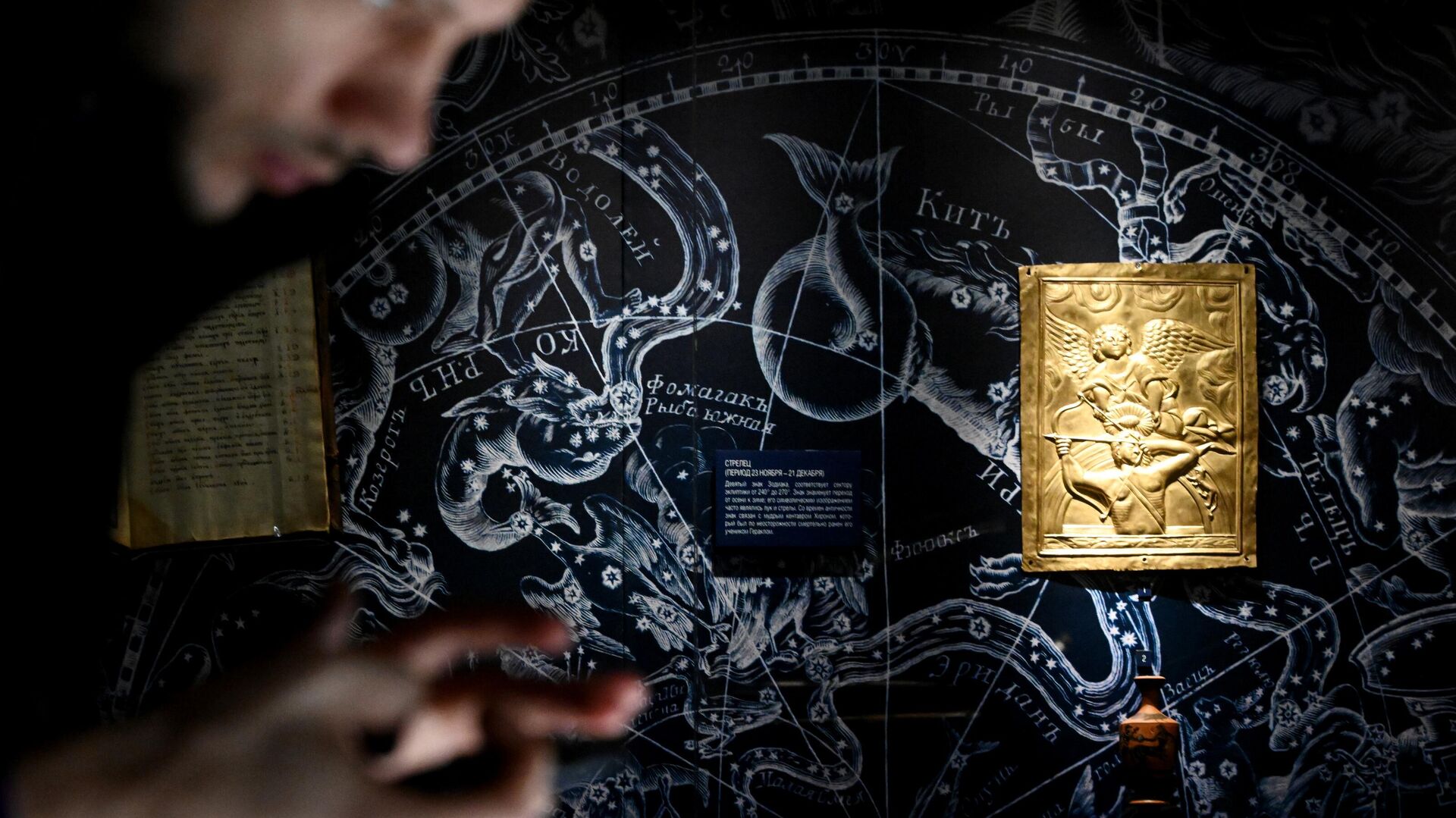
MOSCOW, December 13, Anastasia Silkina. In ancient times, people checked a lot of things with the stars: character traits, health conditions and methods of treatment, places to found cities. The exhibition of the State Historical Museum “Under the Zodiac Sign” is dedicated to this. What importance was attached to the night sky in different eras — in the material.
Both myth and reality
The celestial circle was determined back in Babylon in the 3rd millennium BC. e. In antiquity, it was divided into 12 parts and assigned the names of the nearest constellations. This is how the signs of the zodiac arose.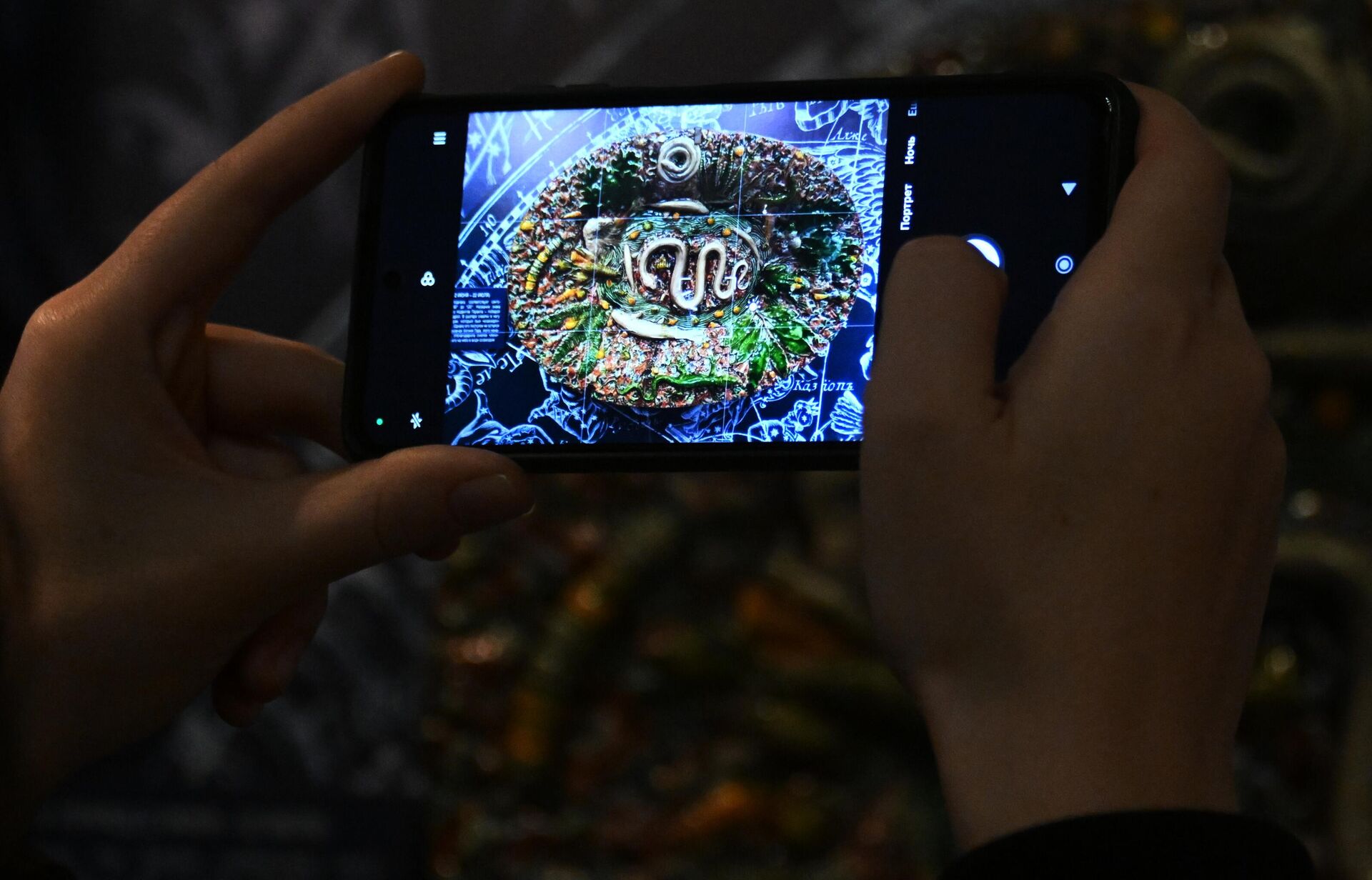
At the exhibition they are shown both as real astronomical phenomena and as myths, says curator, head of the metal department of the Historical Museum Lyudmila Dementyeva.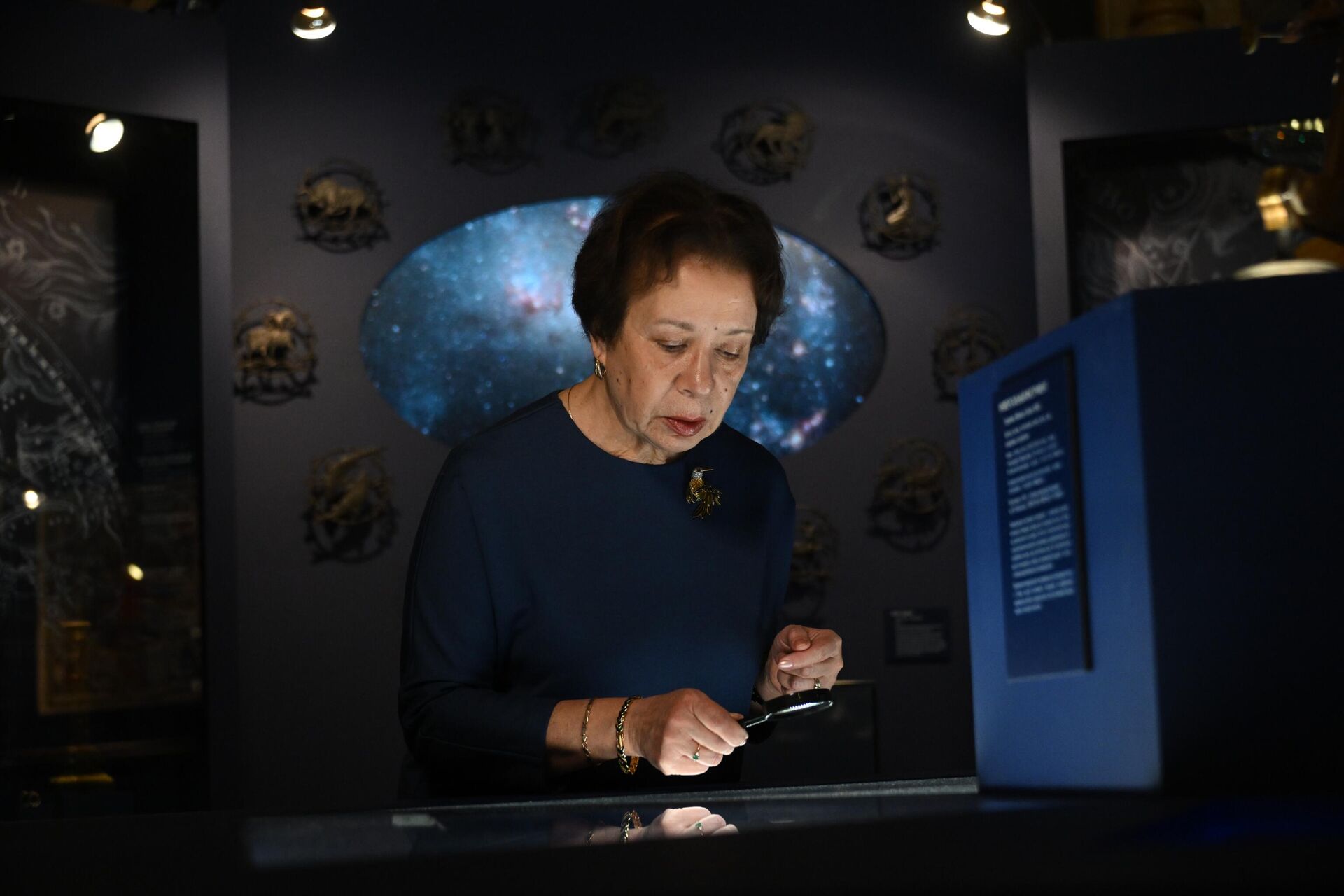
The oldest exhibit, a coin — a tiny hemioball from the territory of modern Turkey — dates back to the 5th century BC. e. The most modern are cast iron medallions dedicated to the signs of the zodiac, created especially for the exhibition by sculptor Oleg Zakomorny.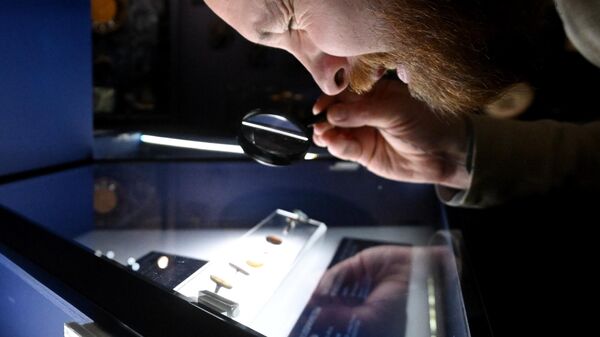 < br />
< br />
1 of 2
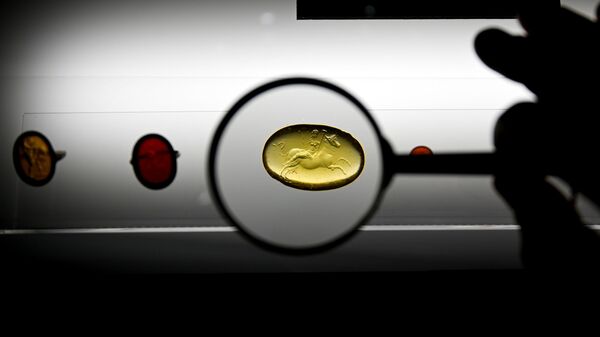
2 of 2
1 of 2
2 of 2
Letting blood and founding a city — according to the horoscope
The first evidence that has reached us that people in Rus' were familiar with the signs of the zodiac dates back to the 11th century. This is the selection of Prince Svyatoslav. 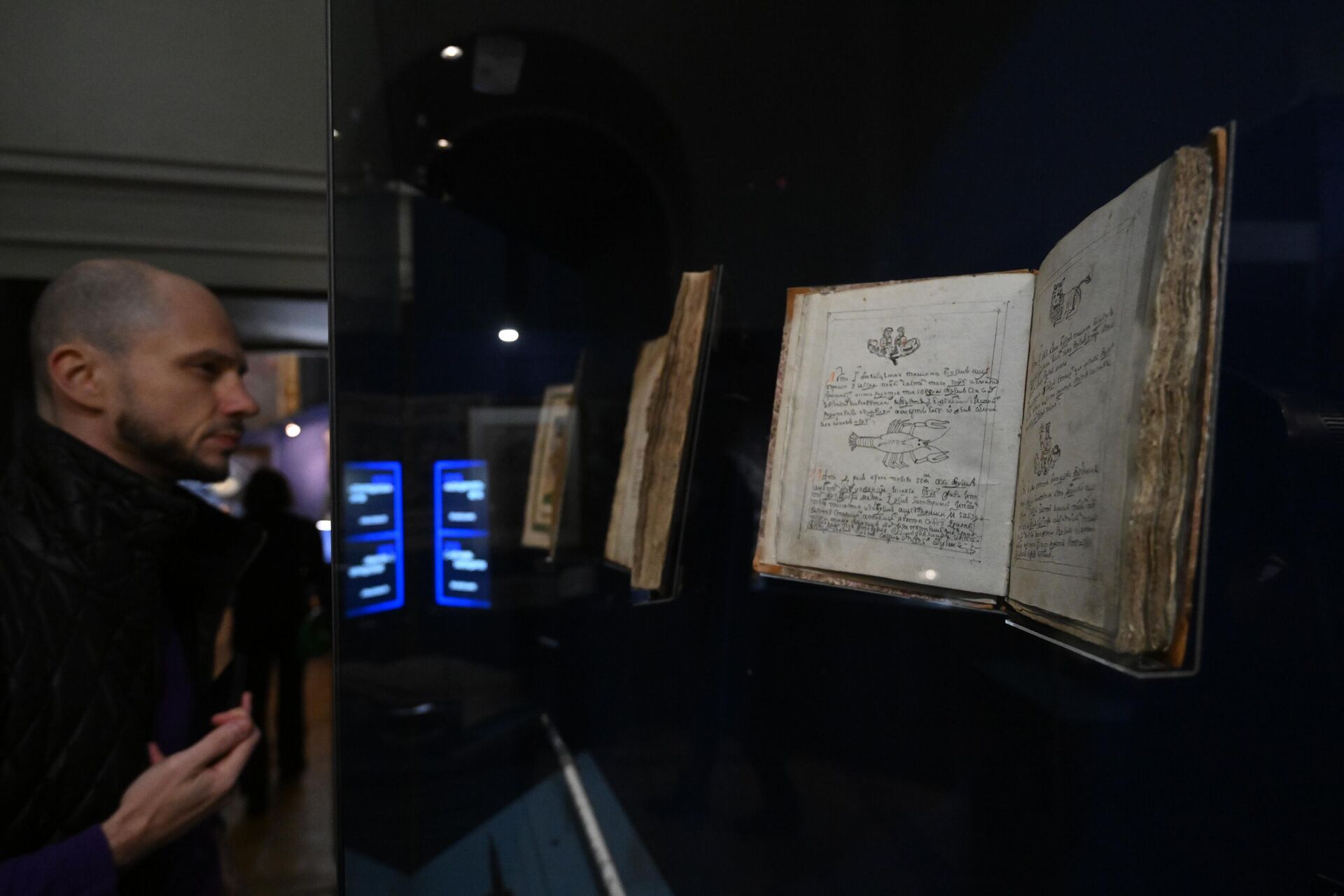
And not only at the princely court, but also the peasants knew about astrology.
“
“Under Peter I, printed calendars with horoscopes appeared,” notes Dementieva.
So, the very first one told us under what sign it is better to do bloodletting.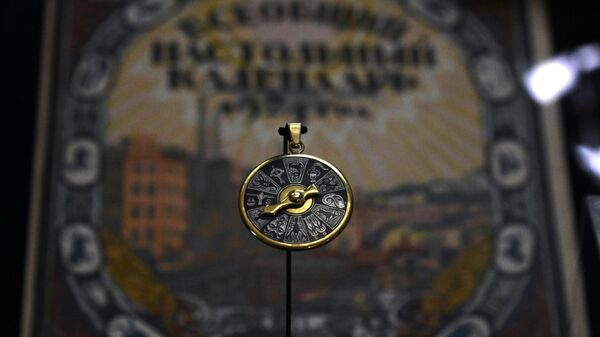
1 of 2
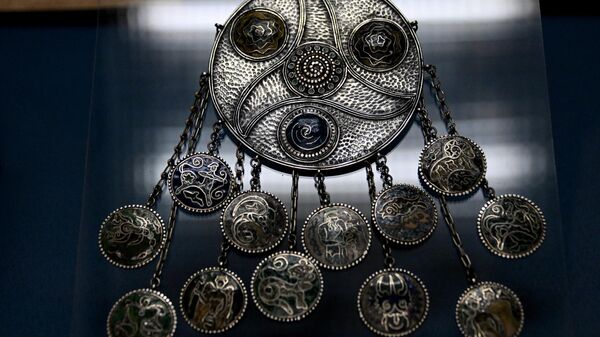
2 of 2
1 of 2
2 of 2
Astrology played an important role in history.
“
"Petersburg celebrates its birthday in the end of May, because Peter I is Gemini by zodiac sign. He founded the city at this time of year,” says the curator.
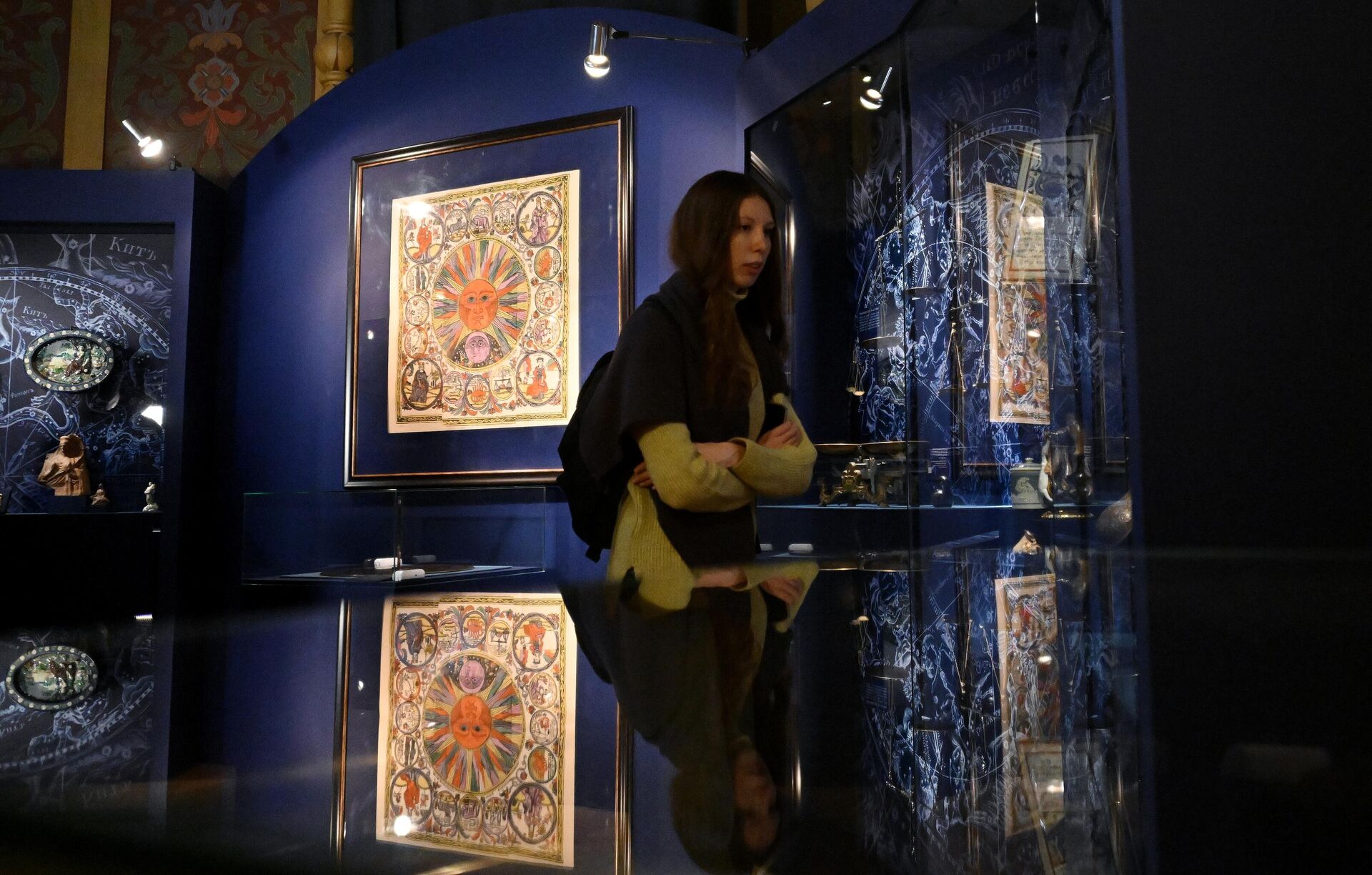
Astrology got along quite well with Christianity. Thus, in the breviary of the 14th century — a summary of sacred texts — the signs of the zodiac are depicted along with the saints. And in the first Soviet calendars, along with religious and revolutionary holidays, there was a zodiac circle.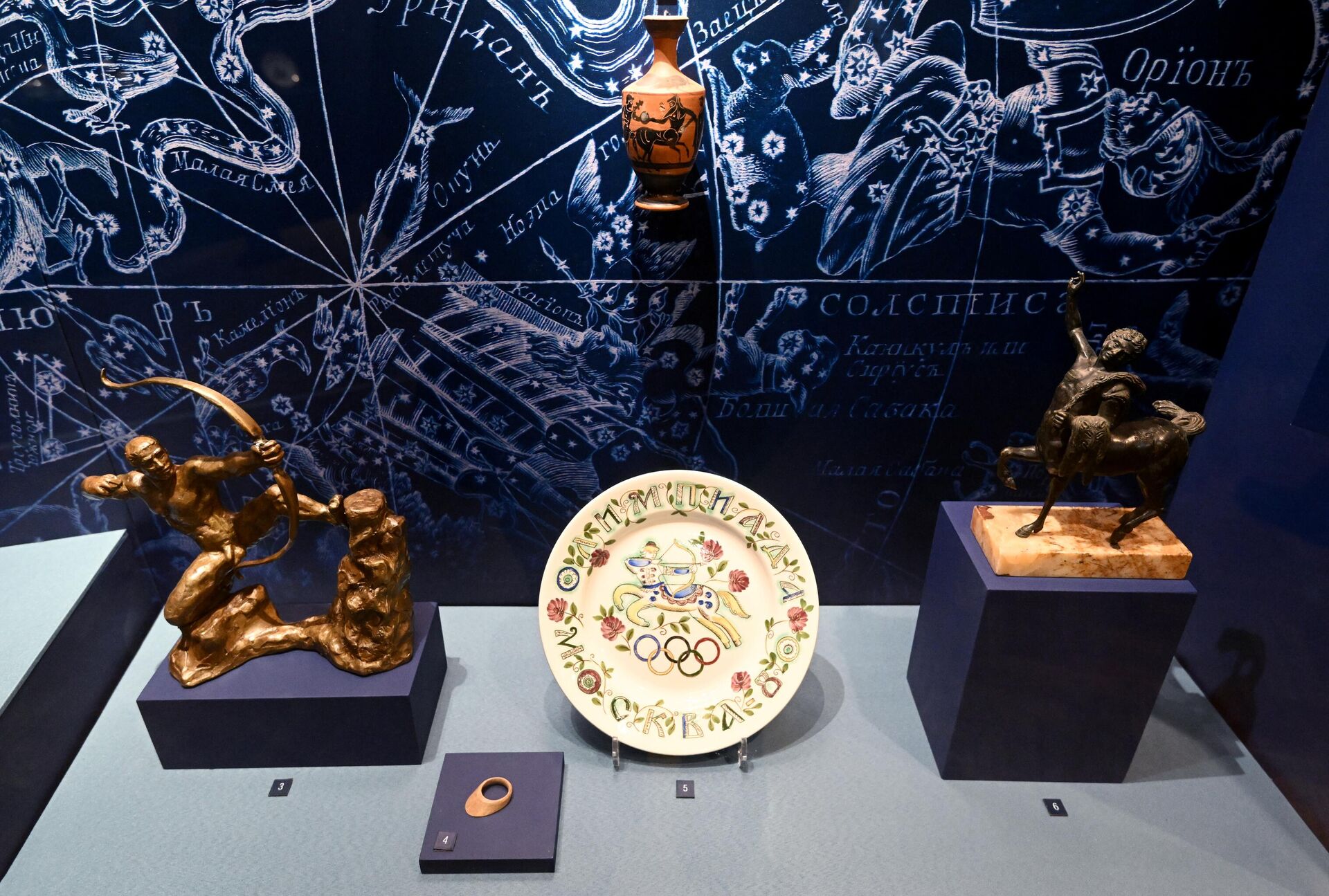
Both in everyday life and at state awards
The exhibition space was divided, following the example of the zodiac circle, into four seasons: spring, summer, autumn and winter with the corresponding signs. The presented objects of art and everyday life from different eras demonstrate that astrology has penetrated into all spheres of life. There are ceramic figurines, rings, the sign of the Order of the Golden Fleece, a water vessel, and an oil dish.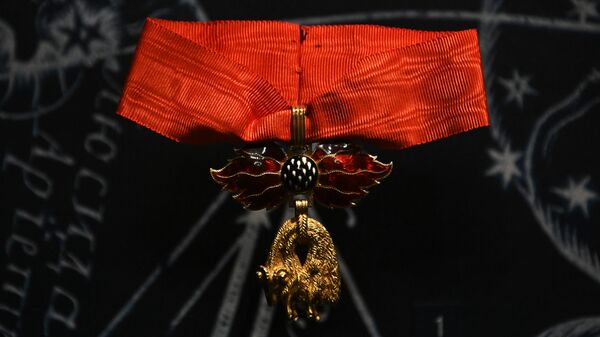
1 of 2
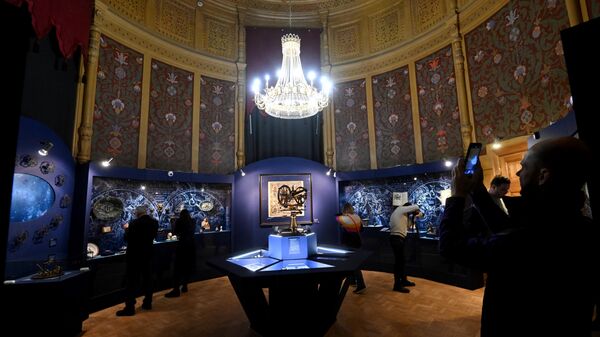
2 of 2
1 of 2
2 of 2
The zodiac signs have been unified. For example, Aries in the 3rd, 18th, and 20th centuries was shown with curled horns from which ears protrude. The symbol of Gemini is the handshake. Pisces are traditionally drawn as a pair.
Scorpio was rarely depicted. For the exhibition, only a 19th-century month book was found, illustrated through an analogy with the ancient myth of the goddess of the hunt Artemis and the proud hunter Orion.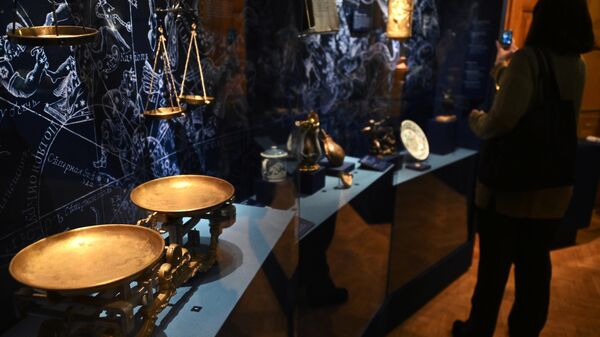
1 of 2

2 of 2
1 of 2
2 of 2
The exhibition includes about 150 items, half of which are being exhibited for the first time. In particular, the casket is a board for board games with zodiac signs. By the way, you can learn to play backgammon, popular in Holland and France in the 17th century, on the interactive panel.
The exhibition at the Historical Museum is open until March 11.






















































Свежие комментарии